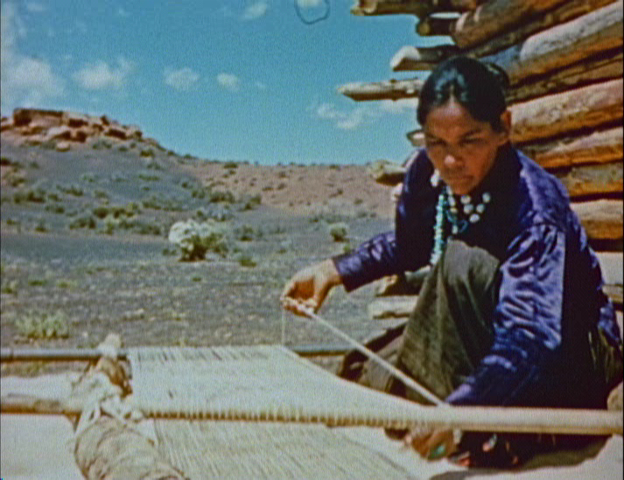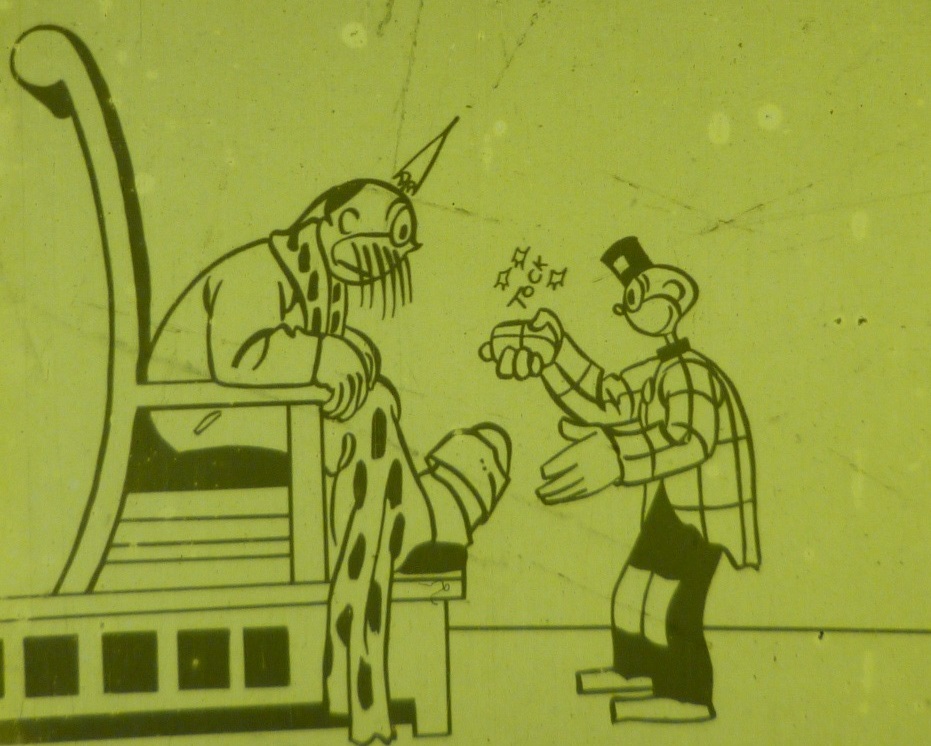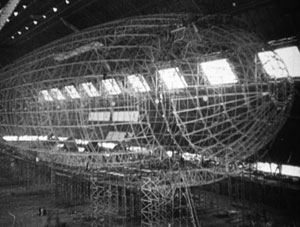Articles about All Categories, tagged
The 2016 Association of American Moving Image Archivists Conference
 |
| Navajo Rug Weaving (1938-39), filmed by Tad Nichols. |
From Nov. 9-12 Pittsburgh will host the annual conference of the Association of American Moving Image Archivists. This gathering, the largest of its kind in the nation, gives archivists a chance to meet, share information, and attend a host of panels, several of which touch upon NFPF projects.
A Nov. 11 panel on “The Eames Film Collection at the Library of Congress,” hosted by the Library’s Amy Gallick and Mike Mashon, will screen The Day of the Dead (1957), an Eames Studio short filmed in Mexico and preserved through NFPF funding. Earlier that day, archivists can also attend “Ongoing Intermediations: Preserving Jud Yalkut and Nam June Paik.” NFPF grants have helped save eight films created by this duo of media artists, along with eight solo films by Yalkut. The majority of the preservations were supervised by … Read more
More “Lost” Films Premiere at the NFPF Website
 |
| Happy Hooligan meets the Emperor in A Smashup in China (1919). |
Now streaming are three more films from the NFPF’s ongoing partnership with EYE Filmmuseum in Amsterdam. These newly preserved American silent films, unseen since their original release more than 90 years ago, are accompanied by new music and program notes.
Who’s Who (1910), an Essanay-produced comedy of mistaken identity, involves a minister and prizefighter—both with the initials S.O.B.—who arrive in town on the same train. The temperance spoof When Ciderville Went Dry (1915) is thought to be the only surviving work from the short-lived Esperanto Film Manufacturing Company of Detroit. Preservation of both films was supervised by the Library of Congress; each is accompanied by notes from comedy historian Steve Massa. The Academy Film Archive supervised the preservation of A Smashup in China (1919), a Happy … Read more
NFPF Screening at the Exploratorium
 |
| Butterfly (1967) by Shirley Clarke and her daughter Wendy (pictured above). |
On Thursday, October 20, the Exploratorium in San Francisco presents “Seasons of Unrest: Activist Filmmaking in the Vietnam Era,” an evening of films that explore the divided and fractious state of the union during the late 1960s and onward. All six films were preserved through National Film Preservation Foundation grants by archives across the country and will be presented via sparkling new 16mm prints. Despite the passage of four decades, these works remain compellingly relevant. The roster includes:
- The Jungle (1967), a vivid portrayal of Philadelphia street life starring and made by African American gang members, named to the National Film Registry in 2009. Preserved by UCLA Film & Television Archive.
- Young Braves (1968), a student-produced ethnographic study and a celebration of a group of Puerto Rican teens in … Read more
Play/Back: A National Endowment for the Humanities Symposium on Preserving Audiovisual Heritage
 |
On Friday, Sept. 30, archivists, librarians, and scholars will be attending Play/Back, a one day symposium held in Washington D.C. Held by the National Endowment for the Humanities, Play/Back calls attention—through panels, breakout sessions, and keynote addresses—to the preservation of America’s audiovisual heritage of audio, video, and film recordings.
The NFPF’s executive director Jeff Lambert served on the programming committee of this year’s symposium, which includes panels on “Appraising our Audiovisual Heritage”—a consideration of “where the gaps in the audiovisual record may be, whether in terms of underrepresented groups, genres, or media formats”—and “Developing a Framework for Action: How to Ensure the Persistence and Quality of the Audiovisual Record,” which addresses “the successes and setbacks in getting collaborative projects … Read more
Lighter Than Air, Larger Than Life: The U.S.S. Akron Onscreen
 |
| Construction of the U.S.S. Akron, captured on film by the Goodyear Tire & Rubber Company and preserved by the University of Akron with an NFPF grant. |
The deadliest airship disaster in history was not the crash of the Hindenburg but the U.S.S. Akron, which claimed the lives of 73 crew members (nearly twice the body count of the Hindenburg disaster). Unlike the famous German zeppelin, the Akron’s demise was not immortalized on film, but its birth was, thanks to the motion picture department of its builder, the Goodyear Tire & Rubber Company.
In 1928 Goodyear, in partnership with the German company Luftschiffbau Zeppelin, won a U.S. Navy contract to manufacture two rigid airships, to be designed by Luftschiffbau engineers led by the renowned Dr. Karl Arnstein. The first of these dirigibles, launched on Sept. 23, 1931, was the U.S.S. Akron. 785 feet long and with gas … Read more
